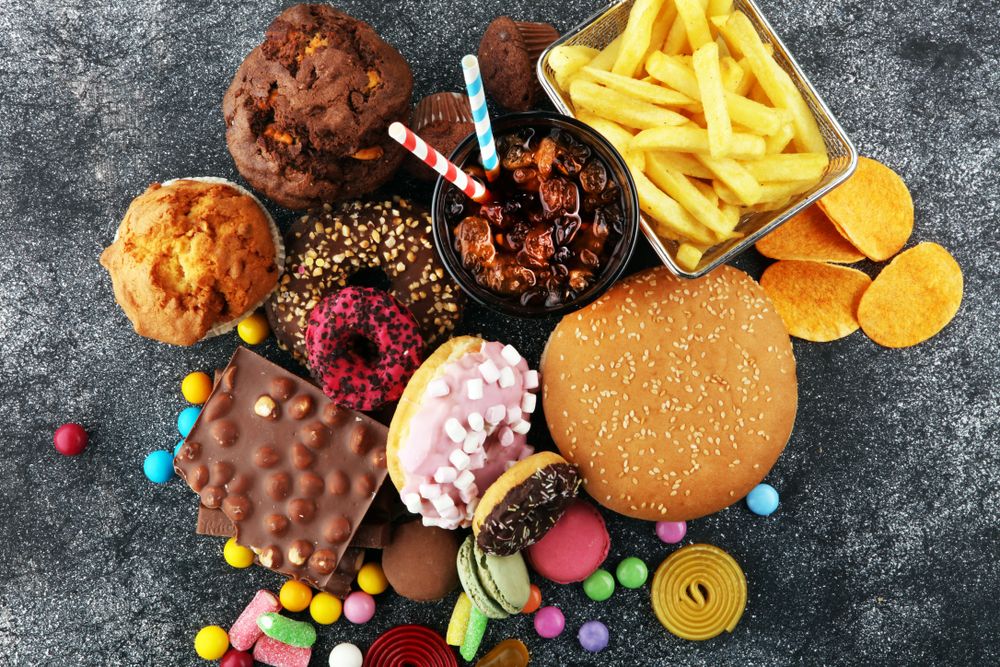Over the past few decades, our understanding of dietary fats has significantly evolved. In the 1990s, there was a widespread belief that all fats were harmful, leading to the popularity of low-fat diets and fat-free snacks. However, today, our knowledge has expanded.
We now recognize that certain fats, such as those present in nuts, seeds, avocados, and olive oil, offer numerous health benefits. Nonetheless, there are indeed fatty foods high in saturated and trans fats that, when consumed excessively, can contribute to serious health issues including cardiovascular disease, certain cancers, and other medical conditions.
While not all fats are detrimental, some fat-rich foods pose greater health risks than others. Continue reading to discover the unhealthiest fatty foods that you should consider limiting in your diet.
1) Sausage
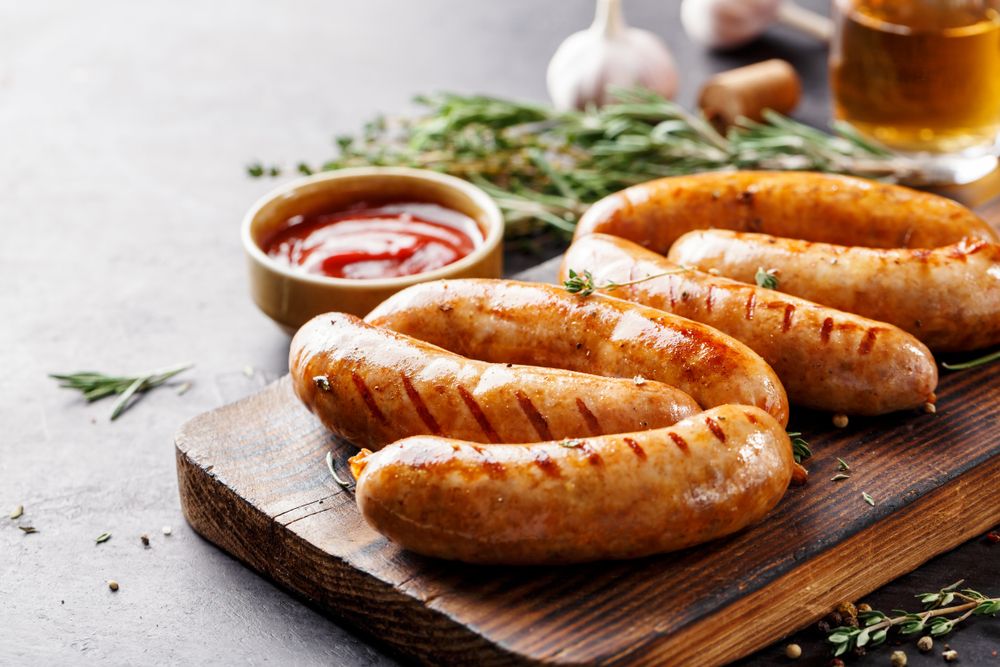
Sausage, whether enjoyed as part of breakfast, incorporated into recipes like meatballs, or grilled during summer barbecues, ranks among the unhealthiest fatty foods. Despite providing a protein boost, sausage is surprisingly high in fat, usually made from pork along with various spices, herbs, and seasonings.
According to the USDA, pork sausage contains more fat than protein, with fat comprising most of its calories. Furthermore, a significant portion of the fat in pork sausage comes from saturated sources, making it an unhealthy fat source. Additionally, sausage often contains high levels of sodium and may include preservatives such as sodium nitrates, which raise concerns about its health effects.
If you enjoy the flavors of sausage, consider opting for chicken or turkey varieties, which are lower in fat, and avoid options containing nitrates.
2) Bacon
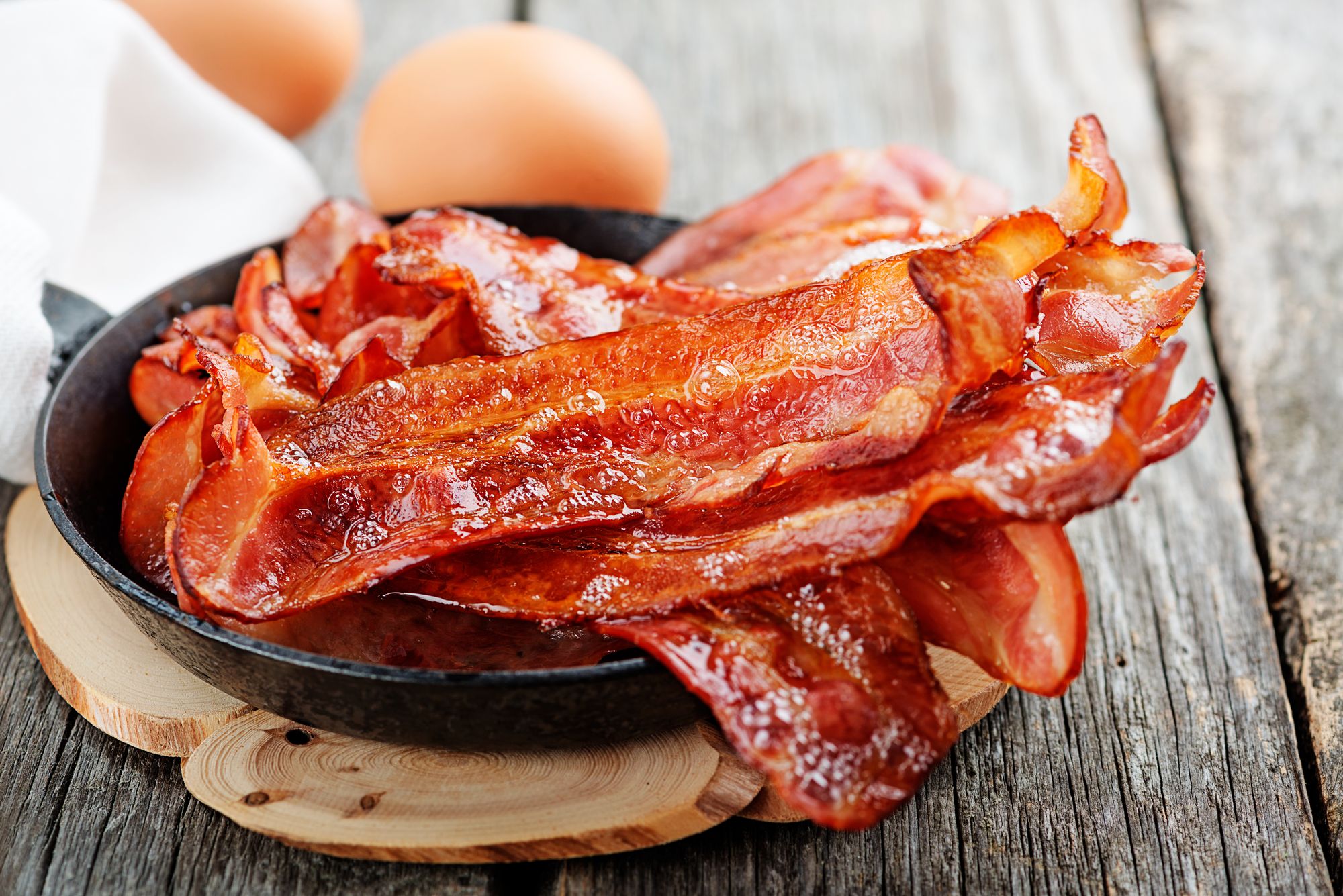
Many individuals include bacon in their meals to increase protein intake. However, while bacon does provide a few grams of protein per slice, it also significantly increases the fat and saturated fat content of dishes. In fact, bacon contains as much fat as protein in a single slice.
For those seeking a lower-fat alternative, turkey bacon is an excellent option. Some varieties even eliminate nitrates, making it an even healthier choice.
3) Shortening
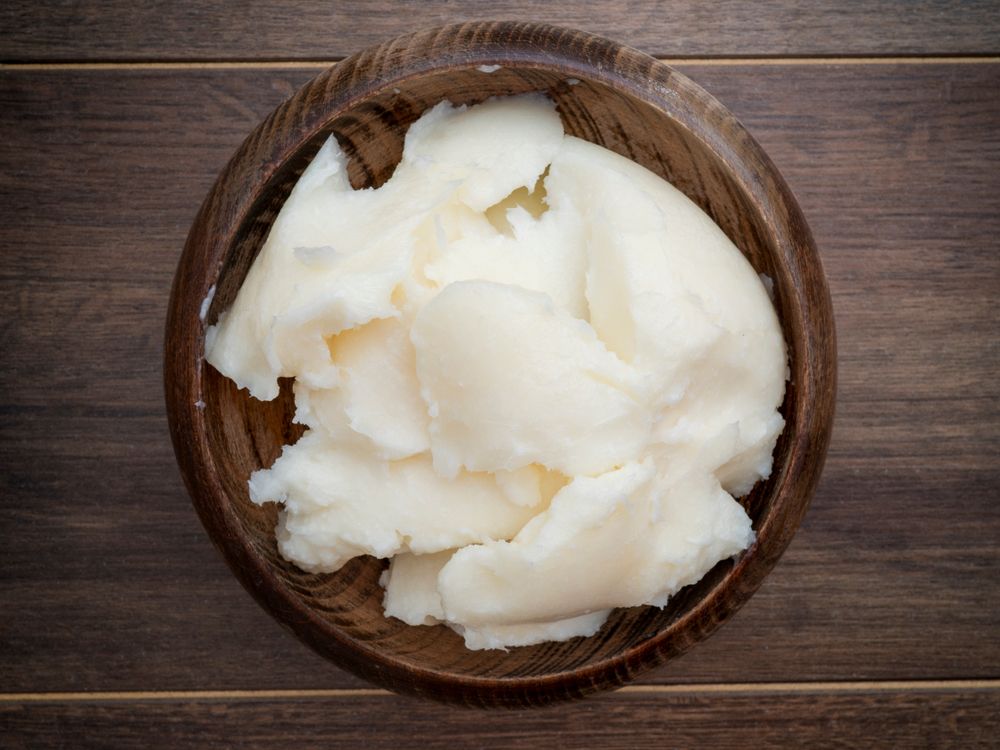
Shortening, a type of manufactured fat that solidifies at room temperature, is commonly used in baking to achieve a crumbly pastry texture. However, its popularity has declined over the years due to increased awareness of its unhealthy fat content.
Shortening is produced by hydrogenating vegetable oil, a process that generates trans fats, which are considered the most worrisome form of dietary fat. Due to the presence of trans fats, it's advisable to significantly limit the use of shortening in cooking and baking. In fact, you may opt to remove it entirely from your pantry and substitute it with butter in baking as a slightly healthier alternative.
While the fats in butter are still not as healthy as those in olive oil, for instance, there is less concern over the saturated fat content in butter compared to the trans fats found in shortening.
4) Ice Cream

Indulging in a bowl of ice cream at the end of the day is a beloved tradition for many, but those creamy scoops may not be the best choice for your health. Ice cream typically contains whole milk and heavy cream, both of which are high in fat. While these dairy ingredients offer essential nutrients like vitamins A and D, and calcium, a significant portion of the fat comes from saturated sources. For instance, 100 grams of heavy cream contains 35 grams of fat, with 20 grams being saturated. Whole milk also contains a notable amount of saturated fat, although slightly less than heavy cream.
However, it's not just the saturated fat content that makes ice cream a less healthy option. Many ice creams are also laden with added sugar, another concerning ingredient. If you're craving a sweet treat, consider opting for low-fat, low-sugar varieties of ice cream and frozen yogurt as healthier alternatives.
5) Salad Dressing
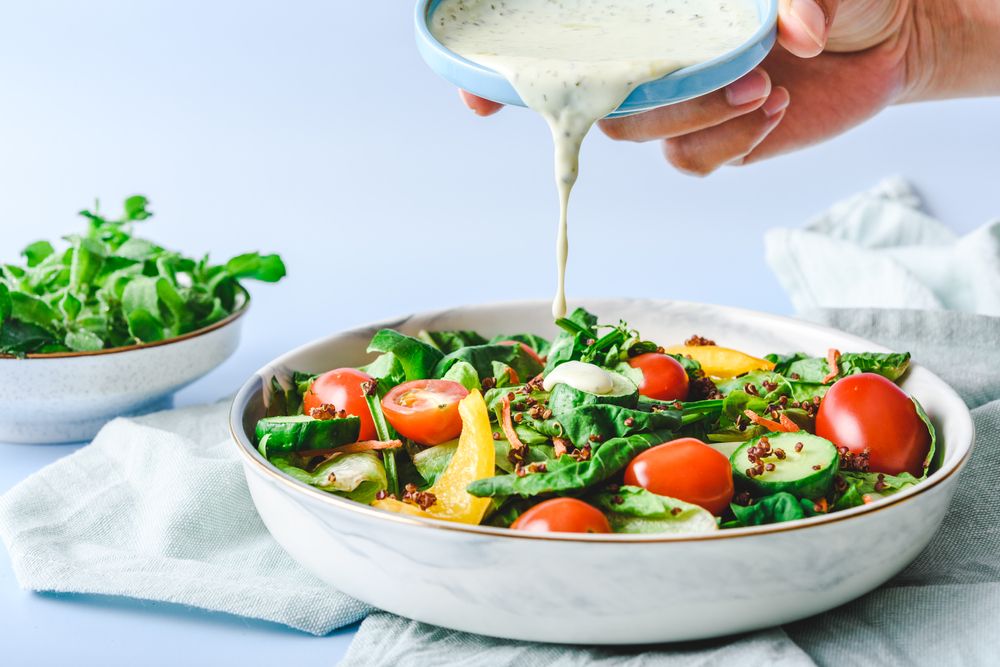
While a salad packed with lettuce, veggies, and lean protein is undeniably nutritious, the dressing you choose can significantly impact its healthiness. Manufactured salad dressings often contain high levels of fat, along with added salt, sugar, and preservatives, making them less healthy than homemade alternatives. Creamy dressings like ranch are particularly unhealthy due to their saturated fat content and high calorie count, which can contribute to calorie-dense meals.
Opting for vinaigrette-style dressings is a better choice than creamy options, as they typically have a more favorable nutritional profile. While these dressings are made with vegetable oil, which may not be as healthy as olive oil, they still offer a healthier alternative to creamy dressings. For the healthiest option, consider making your own dressing at home using olive oil, vinegar, and your choice of seasonings.
6) Pastries

Pastries, ranging from donuts to croissants and biscuits, are another significant source of unhealthy fat. The type and quantity of fat in pastries raise concerns, as does their added sugar content. Added sugar has been associated with health issues such as increased liver fat and adverse effects on blood lipids, both of which can lead to serious health complications. Most pastries are made with butter or shortening, contributing to their classification as unhealthy sources of fat. Even those made with oil, such as soybean oil, may not be high in saturated fat but can promote inflammation in the body.
Homemade pastries offer an opportunity to limit unhealthy fats. For instance, consider using unsweetened applesauce as a substitute for oil or opting for plant-based butter instead of shortening or regular butter.
7) Red Meat
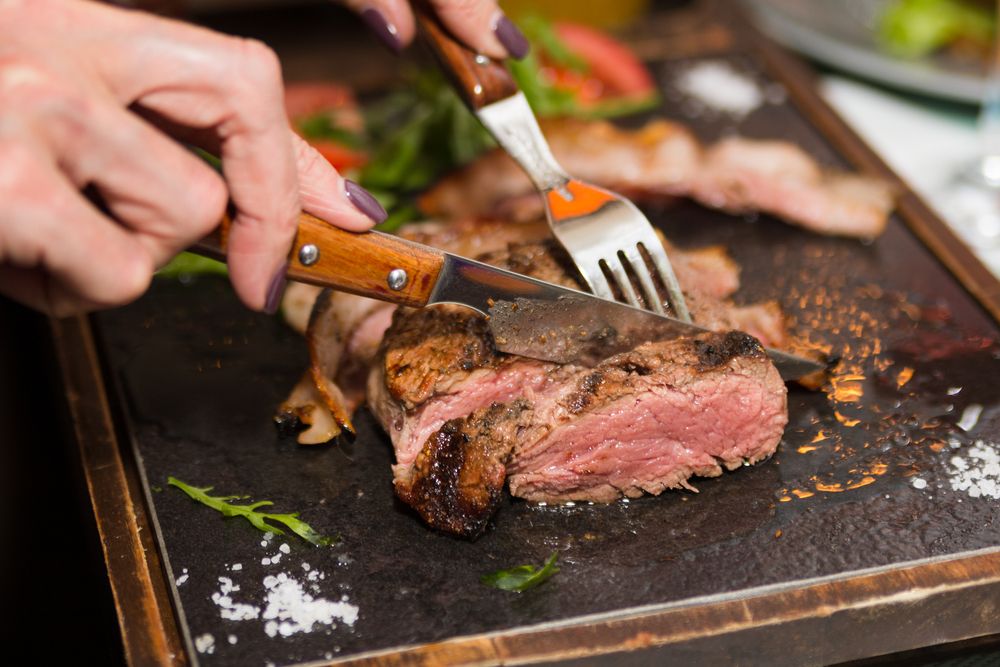
Beef, whether in the form of a ribeye steak or hamburger, is another example of an unhealthy fatty food. While beef does offer a significant amount of protein, fattier cuts of beef contain high levels of fat grams and saturated fat. While saturated fat is not considered as harmful as trans fats, the American Heart Association recommends that no more than 6% of your total daily calories should come from saturated fats. For someone consuming 2000 calories per day, this equates to limiting saturated fat intake to no more than 13 grams. To put this into perspective, a 3.5-ounce portion of ribeye steak provides over half of this amount at 8 grams.
You don't necessarily need to eliminate red meat from your diet entirely, but when consuming beef, opt for lean cuts with minimal visible fat. Additionally, choose ground beef that is at least 93% lean to reduce your intake of saturated fat.
8) Hot Dogs

When it comes to unhealthy sources of fat, hot dogs rank high on the list. Typically available in pork and beef varieties, hot dogs boast a high fat content. In fact, a single beef hot dog can contain twice as much fat as protein. This not only renders it a poor source of protein but also means that the 13 grams of fat it contains contribute a significant amount of saturated fat.
In addition to being an unhealthy fat source and offering minimal protein, hot dogs are often high in sodium and may contain concerning preservatives such as nitrates. Therefore, it's wise to consume hot dogs in moderation and opt for healthier protein sources whenever possible.
9) Poultry Skin

When it comes to cooking your Thanksgiving turkey or enjoying a rotisserie chicken, many people consider the skin to be the most flavorful part of the bird. While this may be true due to its fat content, it's also what makes it an unhealthy fatty food.
Although poultry skin offers a desirable texture and flavor, consuming it may come at the expense of your health. A 3.5-ounce serving of chicken skin provides over 30 grams of fat, with about a third of that coming from saturated fat. While you'll get some protein from the skin, it's not nearly as much as what is found in the white meat of the bird. Therefore, it's best to consume poultry skin in moderation and prioritize leaner cuts of meat for overall health.
10) Fried Foods

Indulging in a crispy funnel cake at the fair, enjoying your favorite chips, or relishing crunchy onion rings alongside a burger are all delightful experiences. However, these beloved fried delights serve as prime examples of unhealthy sources of dietary fat.
The reason why fried foods are among the unhealthiest fatty foods lies in two factors: the fat content inherent in the food item itself and the additional fat from the oil used for frying.
For instance, a corn dog contains the unhealthy fat from the hot dog itself, as well as the unhealthy fat from the frying oil typically used. Corn and blended vegetable oils are commonly utilized for frying, both of which contain high amounts of Omega-6 fat. Consuming excessive amounts of this type of fat may lead to inflammation in the body, particularly if your intake of omega-3 fat is insufficient.
While occasional indulgence in fried fare can be incorporated into a healthy meal plan, it's essential to keep such indulgences to a minimum. Opt for grilled, baked, or sautéed items more often to promote overall health and well-being.

